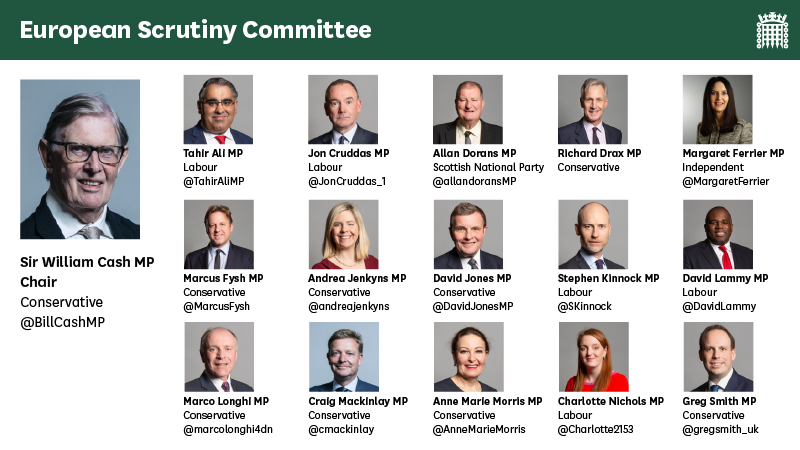How will the Channel Tunnel operate in future?
Read about our assessment of the EU’s plans for the operation of the Channel Tunnel after the transition period

The current situation
The UK/EU Trade and Cooperation Agreement, reached at the end of December 2020, does not cover the Channel Tunnel.
The Treaty of Canterbury, signed in 1986 by the UK and France, sets the overarching legal framework for the operation of the Tunnel and established an oversight and management body – the ‘Intergovernmental Commission’ (IGC).
However, over recent decades, the EU has adopted rail safety laws have that, whilst an EU Member State, the UK was required to give effect to. The UK’s withdrawal from the EU has led to uncertainty regarding the post-Brexit management of the Channel Tunnel and the rules that govern its operation.
The UK and EU positions
The Channel Tunnel is also referred to as the ‘Fixed Link’: this includes the British and French terminals, and the tunnel itself (comprising two running tunnels and a service tunnel).
Legally, the Tunnel comprises a British section and a French section with an international frontier.
The EU’s preferred position was that EU law continued to apply on the UK side of the Tunnel at the end of the transition period with oversight ultimately falling to the European Court of Justice. This position was justified by the EU as being necessary for the safe and efficient operation of the Tunnel.
The UK Government repeatedly rejected the EU’s position and supported an agreement to be compatible with the UK’s status ‘as a sovereign nation’.
The EU's proposal for the future operation of the Chanel Tunnel
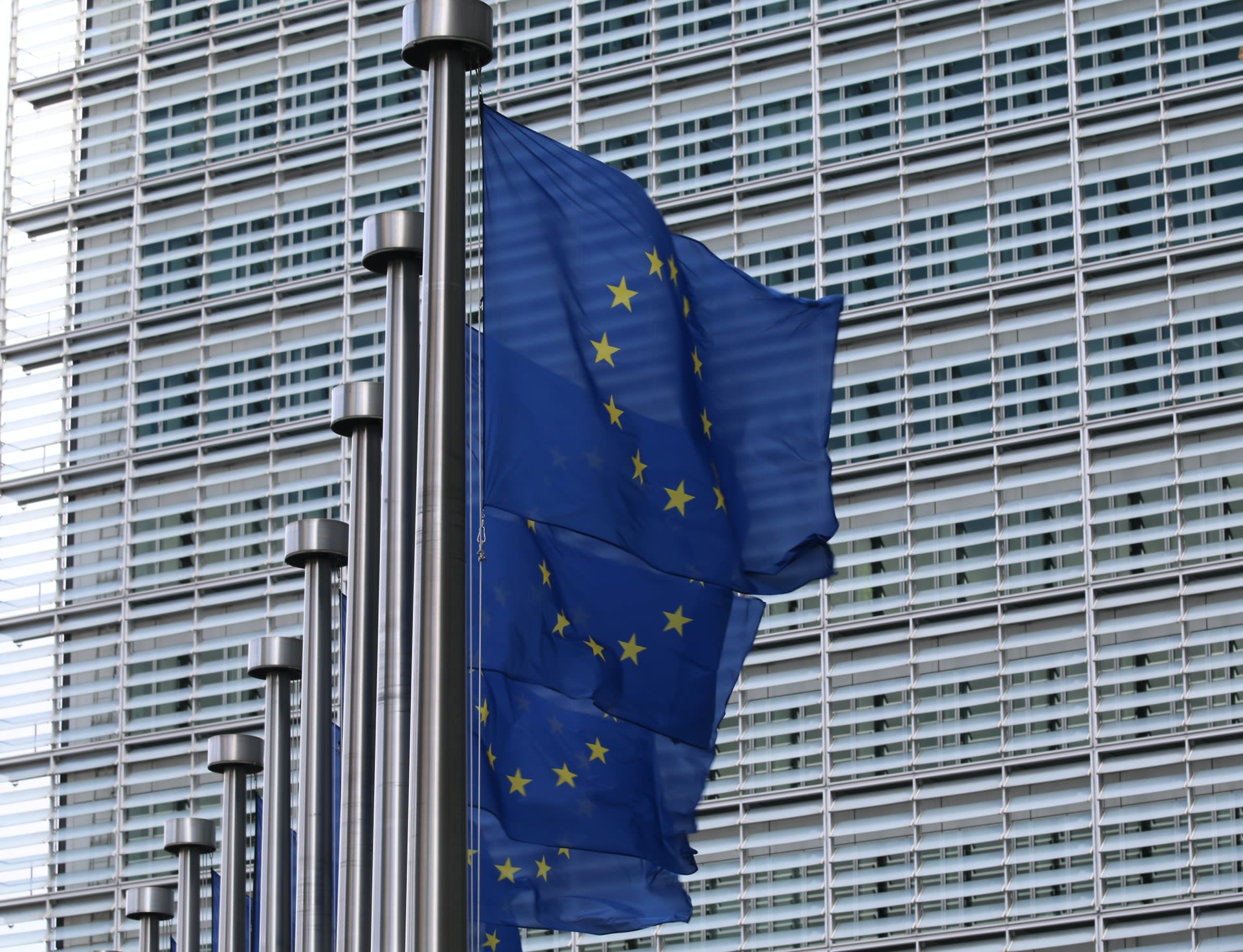
The EU's legislative proposals of July 2020
In July 2020, the European Commission published two legislative proposals relating to the future operation of the Channel Tunnel Fixed Link:
- A proposal for a Decision that would authorise France to negotiate and conclude an agreement with the UK on the Tunnel’s future governance arrangements;
- A proposal for a Regulation that would make changes to EU railway rules to ensure compatibility with any agreement reached between France and the UK.
The EU documents were subsequently adopted and allow France to negotiate changes to the Treaty of Canterbury directly with the UK, on condition that:
- EU rail safety law should continue to apply on the UK-side of the Tunnel;
- the European Court of Justice should be the final arbiter of any dispute between the UK and France.
The Government rejected the proposals made by the EU and our Committee endorsed the Government's decision.
"We were very clear that we could not accept any jurisdiction of the European Union Agency for Railways or the Court of Justice of the European Union on our territory, including in our half of the Channel Tunnel. We would not accept any agreement that would not respect our position as an independent sovereign nation."
The EU's legislative proposal of November 2020
At the end of November 2020, the European Commission published a Proposal for a Regulation ‘on certain aspects of railway safety and connectivity’ on the Fixed Link", a new draft EU law on the future operation of the Channel Tunnel supplementing the Decision and Regulation published in July.
The proposal was adopted in December 2020 and extended the validity of:
- the safety authorisation issued to the Channel Tunnel infrastructure manager by the IGC for two months after the end of the transition period.
- train operator licences issued by the UK—under EU law—and safety certificates issued by the IGC for nine months from the date of its application.
The EU justified the new Regulation as necessary to ensure the continued operation of the Fixed Link in light of slow progress in negotiations between the UK and France.
The Government's proposal for the future operation of the Chanel Tunnel
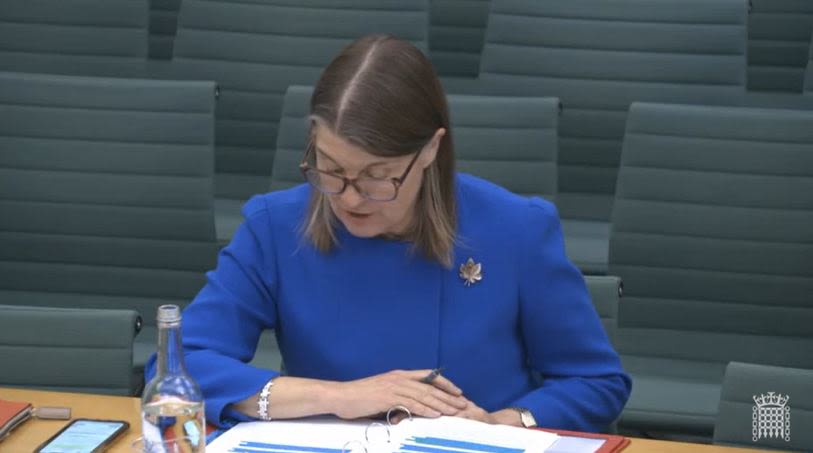
The Government favours an approach to the management of safety on the Tunnel built around the IGC and the existing system of bi-national regulation (which is used to set non-EU rules that apply on the UK and French side of the Tunnel).
Minister Rachel Maclean MP explained to us that the use of bi-national regulation would continue in the event that an agreement could not be reached with France and that this system is ‘tried and tested’.
With the end of the transition period and no agreement between the UK and France, this is the governance arrangement that now prevails on the Fixed Link. The Minister further explained that, after the transition period, the approach would not be substantially different to that which prevailed while the UK was an EU Member State.
Our recommendations to the Government
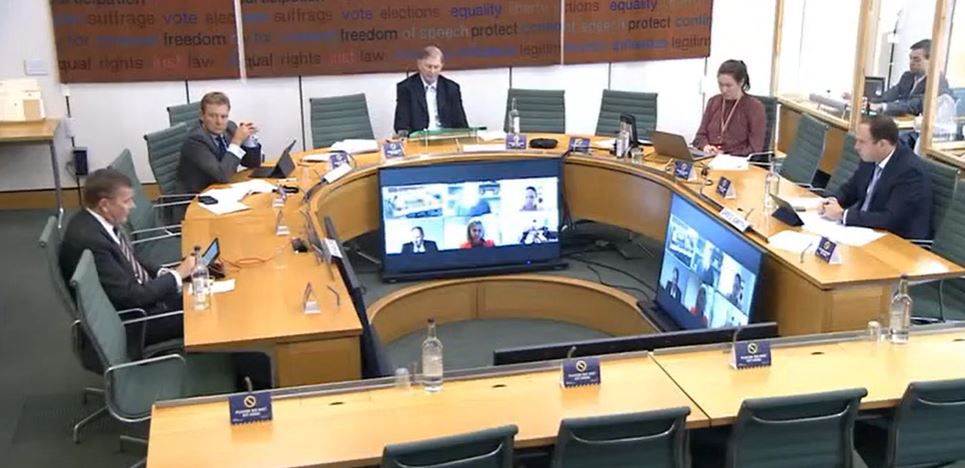
What we ask of the Government:
1.That the approach to the management of safety on the Tunnel built around the IGC and the existing system of bi-national regulation be formalised.
2. That the Government clearly outlines how safety on the Fixed Link is now managed, detailing roles and responsibilities of those involved.
3. That the Government commit to inform Parliament of changes to the rules and standards applicable on the Channel Tunnel.
4.That the Government establish mechanisms for the UK to be given advance notice of new EU proposals that cover the Channel Tunnel.
What happens next
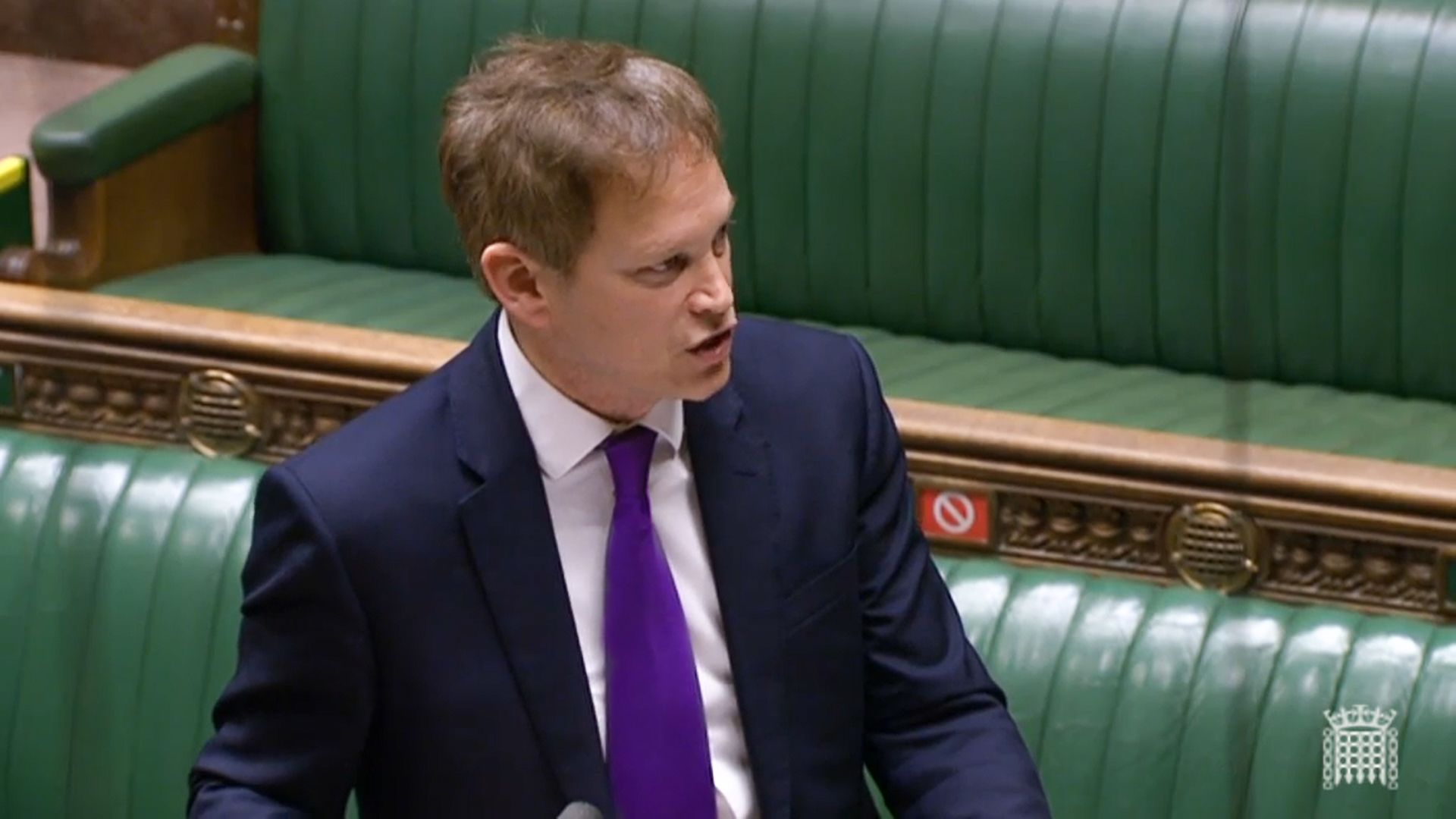
The Government must now respond to our report.
Our report "Brexit: The future operation of the Channel Tunnel Fixed Link" was published on Tuesday 23 February 2021.
Detailed information from our inquiry can be found on our website.
If you’re interested in our work, you can find out more on the European Scrutiny website. You can also follow our work on Twitter.
The European Scrutiny Committee is a cross-party committee of MPs appointed by the House of Commons to assess the legal and/or political importance of draft EU legislation deposited in Parliament by the Government.
Cover image: diamond geezer via Flickr

